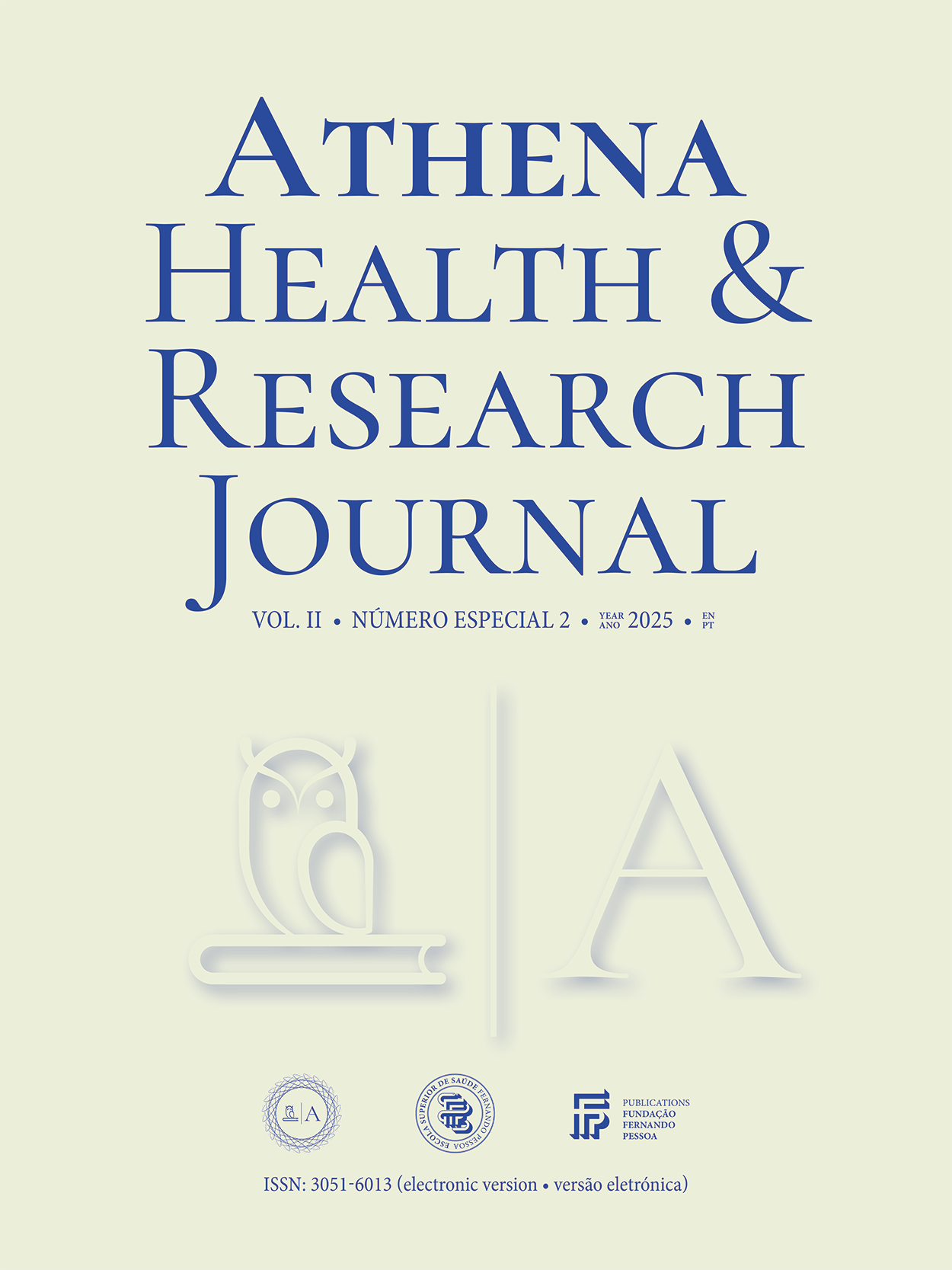Masseter hypertrophy: how does botulinum toxin revolutionize treatment?
DOI:
https://doi.org/10.62741/ahrj.v2iSuppl.%202.112Keywords:
masseter, hypertrophy, botulinum toxin, anatomy, treatmentAbstract
Introduction: Masseter hypertrophy is a rare clinical condition characterized by excessive development of the masseter muscle, which can compromise both facial aesthetics and masticatory function. Its etiology remains undefined, although factors such as parafunctional habits, temporomandibular joint dysfunction, and congenital predisposition are frequently implicated. Treatment may include surgical and non-invasive approaches, with botulinum toxin type A being a safe and effective option. By blocking acetylcholine release, it induces temporary paralysis of the masseter, promoting muscle atrophy.
Objective: This study aims to analyze the effects of botulinum toxin on reducing the volume of the masseter muscle in patients with masseter hypertrophy. It also seeks to evaluate the impact of the toxin on masticatory function and associated symptoms. Furthermore, it intends to describe and discuss the properties of botulinum toxin, understanding how these characteristics justify its application in the treatment of masseter hypertrophy.
Methodology: A literature search was conducted in the PubMed, ScienceDirect, B-on, and Elsevier databases using the keywords: Masseter, Hypertrophy, Botulinum Toxin, Anatomy, Treatment, covering the period between 2015 and 2025. Articles published in English and Portuguese were considered, without exclusion based on methodology. Inclusion criteria were the presence of the keywords in the publication and full-text availability in English or Portuguese. Exclusion criteria included duplicate articles and publications not directly related to the proposed topic.
Results: The findings show that botulinum toxin type A is an effective intervention for reducing masseter muscle volume in these patients. Reduction in muscle thickness is most evident between 12 weeks and 6 months after injection, with treatment response depending on the administered dosage, requiring periodic reassessment to maintain results. Ultrasound-guided injection demonstrates advantages in toxin distribution and in minimizing adverse effects.
Discussion Although botulinum toxin provides benefits in facial remodeling and symptom relief, the lack of standardization in clinical protocols highlights the need for further research to determine the optimal dosage and most effective injection points.
Conclusions: Botulinum toxin represents a safe and effective alternative for the treatment of masseter hypertrophy, allowing symptomatic control and aesthetic improvement without the need for surgical intervention. However, additional clinical studies are necessary to standardize application protocols and ensure long-term treatment safety.
References
NA
Downloads
Published
Issue
Section
License
Copyright (c) 2025 Athena Health & Research Journal

This work is licensed under a Creative Commons Attribution-NonCommercial 4.0 International License.
Copyright of published papers is assigned to the Journal, but all content is licensed under the terms of Creative Commons Non-comercial 4.0 International License. Thus users are allowed to read, download, copy, distribute, print, search, or link to the full texts of the articles, or use them for any other lawful purpose, without asking prior permission from the publisher or the author. This is in accordance with the BOAI definition of open access.














